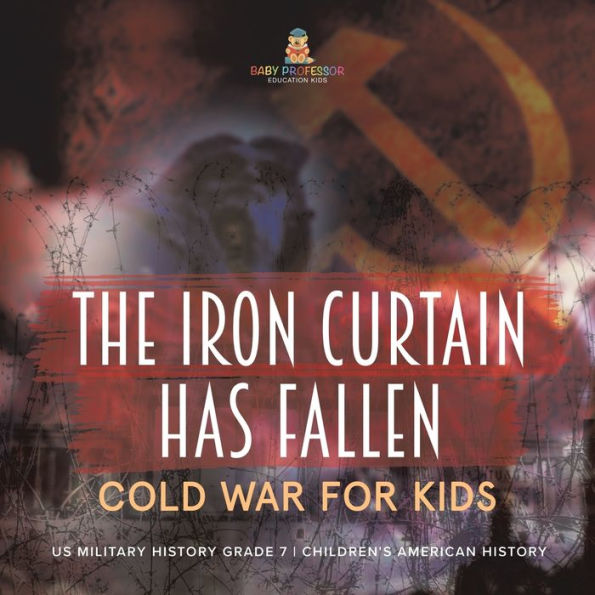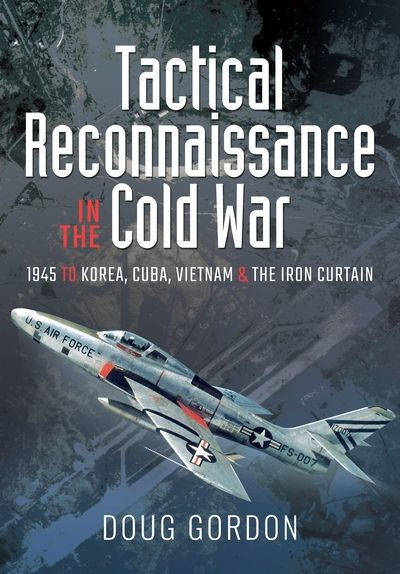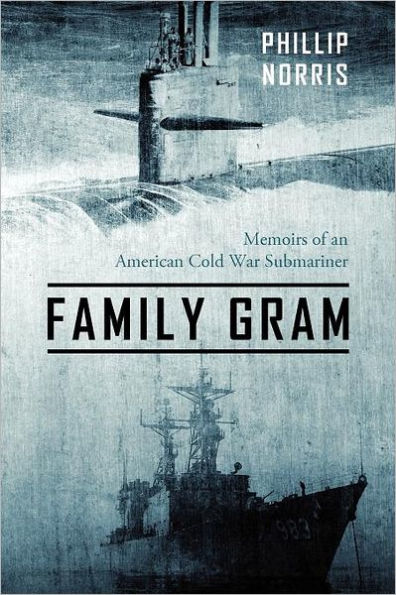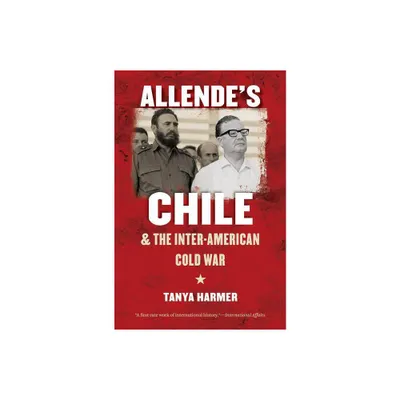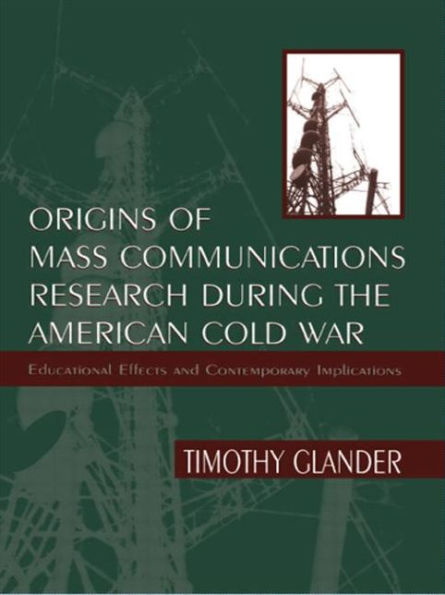Home
Iron Curtain Twitchers: Russo-American Cold War Relations
Loading Inventory...
Barnes and Noble
Iron Curtain Twitchers: Russo-American Cold War Relations
Current price: $142.00
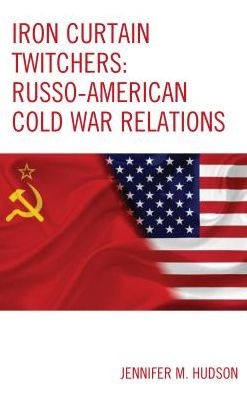

Barnes and Noble
Iron Curtain Twitchers: Russo-American Cold War Relations
Current price: $142.00
Loading Inventory...
Size: Hardcover
*Product Information may vary - to confirm product availability, pricing, and additional information please contact Barnes and Noble
The Cold War is often viewed in absolutist terminology: the United States and the Soviet Union characterized one another in oppositional rhetoric and pejorative propaganda. State-sanctioned communications stressed the inherent dissimilarity between their own citizens and those of their Cold War foe. Such rhetoric exacerbated geopolitical tensions and heightened Cold War paranoia, most notably during the Red Scare and brinkmanship incidents. Government leaders stressed the reactive defensive foreign policies they implemented to retaliate against their counterparts’ offensive maneuvers. Only brief periods of détente gave glimpses into the possibility of concerted peaceful coexistence.Yet such characterizations neglect the complexities and rhetorical nuances that created fissures throughout the long-standing ideological conflict. Grassroots diplomacy rarely coalesced with official governmental rhetoric and often contradicted the discourse emanating from the White House and the Kremlin. Organizations such as Women Strike for Peace (WSP), the Committee for Nonviolent Action (CNVA), and the Moscow Trust Group (MTG) defied policy directives and sought to establish genuine peaceful coexistence. Traveling citizens posited that U.S. and Soviet citizens possessed more underlying commonalities than their governmental leaders cared to admit – phenomena underscored in events such as the San-Francisco-to-Moscow Walk for Peace. Spacebridge programs railed against the Strategic Defense Initiative (SDI) and proclaimed that figurative and literal links between their country and the “Other” proved more conducive to public opinion than “Star Wars.”Iron Curtain Twitchers examines such juxtaposing rhetorics through three lexical themes: contamination, containment, and coexistence. It analyzes the disparate perspectives of public politicians and private citizens throughout the Cold War’s duration and its aftermath to better understand the political, cultural, and geopolitical nuances of U.S.-Russia relations. Vacillating rhetoric among politicians, journalists, and traveling citizens complicated geopolitical relationships, sociopolitical disagreements, and cultural characterizations. These dialogues are contrasted with the cultural mediums of film and political cartoons to underscore fluctuating Cold War identity dynamics. Manifestations of one’s own country contrasted with propagations of the “Other” and indicate that the Cold War lasted much longer and remains more virulent than previously conceived.
